
Demons and witches used to roam around downtown Nicoya, chasing the children who crossed their paths. Cimarrona bands played in the distance, blending with laughter to set the mood. The downtown area smelled of Guanacaste-style cajetas (sweets made from condensed milk) and it was colorful all around. That was how people celebrated October 31, National Masquerade Day, before the COVID-19 health crisis changed all of the routines and customs.
In August, the Ministry of Health canceled all large group events in the country until January 2021, including the celebration of Masquerade Day, a cultural event that attempts to revive pre-Columbian traditions. For Nicoyans, the show must go on.
The Nicoyan Association of Women Entrepreneurs in Alliance organized the canton’s second annual Masquerade Fair, this time using virtual formats that will help transfer the colors, sounds and smells of the masquerade to our new normal.
The crisis hurt entrepreneurs and, even more, the culture. We had to do something to help each other amongst everyone,” said the association’s president, Jennifer Alvarado.
The activity will consist of an in-person farmer’s market from 9 a.m. at 3 p.m. in the parking lot of the new Church of San Blas, across from Banco de Costa Rica (BCR) bank. At least ten vendors will participate, including handicrafts, accessories, fruits and vegetables, clothing and baked goods. According to its organizer, the market will follow all the preventive measures against COVID-19. Participants are required to arrive with a mask and to not have symptoms of the virus.
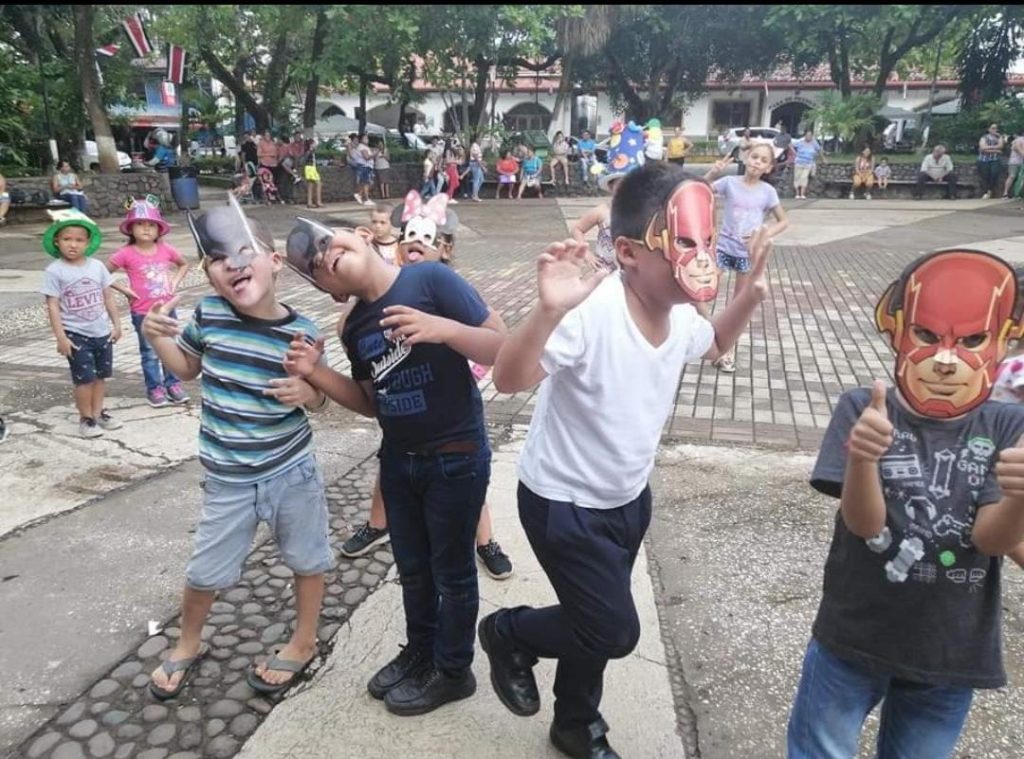
This photo was taken at the first Masquerade Fair in 2019. At that time, the fair featured cultural events like dance and music groups, workshops to make masks and reciting Guanacastecan “bombas” (orally told rhymes generally composed of four lines, ending with a punchline). Courtesy photo.
During the fair, cultural presentations by Nicoyan artists such as clowns and marimba players will take place without an audience. These will be transmitted on the association’s Facebook page.
Before noon, to remember the tradition, a cimarrona band and masquerade parade will go through the neighborhoods closest to downtown. In this way, children can enjoy the activity without having to leave their social bubble. “Since they can’t have the masquerade event, we’ll bring it to their homes,” the entrepreneur said.
In addition to online activities, the association is holding a masquerade drawing contest for children under 12 years of age to illustrate what tradition means to them. The drawings will be exhibited on the day of the fair.
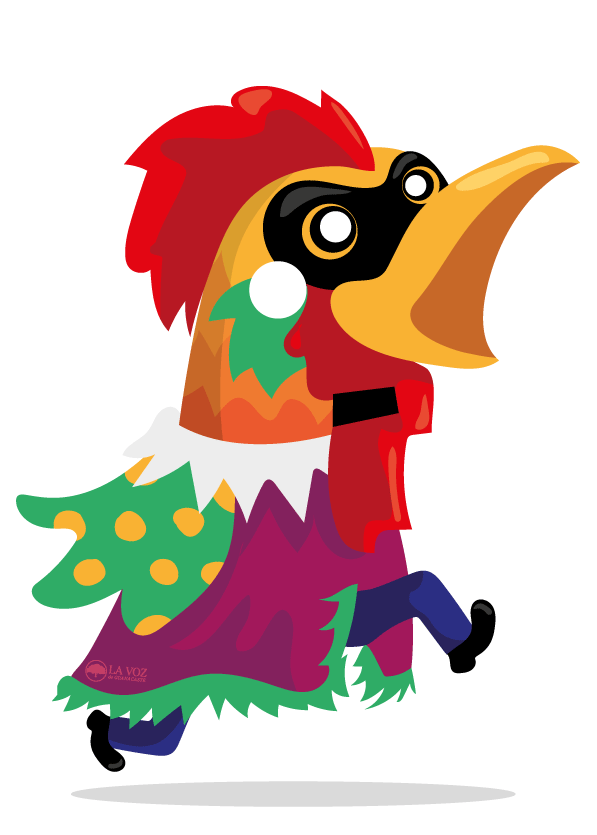
Illustration: Roberto Cruz
Alvarado believes that celebrating culture in this way is a way that will prevail in future generations. “Now with the internet, everything happens very fast, so we want to remind children about their culture, not to forget what their town is like,” the entrepreneur emphasized.
Although the masquerade’s origin is not exclusive to Guanacaste, it takes us back to colonial Costa Rica and is a way of caricaturing the country’s legends and famous people. Among the best-known characters in the masquerades are the Devil, Death, the Headless Father and, of course, the Giant Woman, inspired by high-society Spanish colonial women.
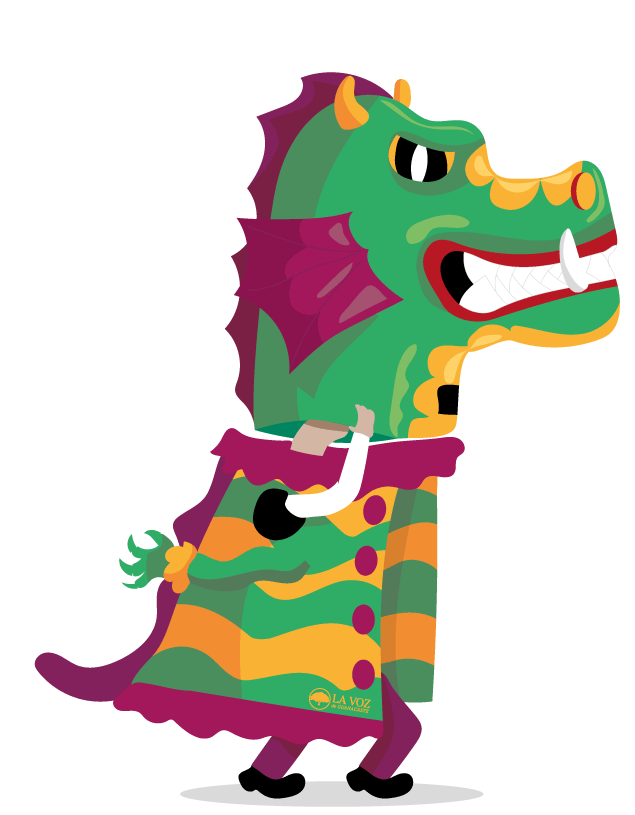
Illustration: Roberto Cruz
In 1996, Jose Maria Figueres’ government declared October 31 to be the Day of the Traditional Costa Rican Masquerade as a strategy to replace Noche de Brujas (Witches’ Night or Halloween) with a celebration that would get back to national traditions.
At La Voz de Guanacaste we make these illustrations to celebrate Masquerade Day. We invite you to share them with your friends and tag us.
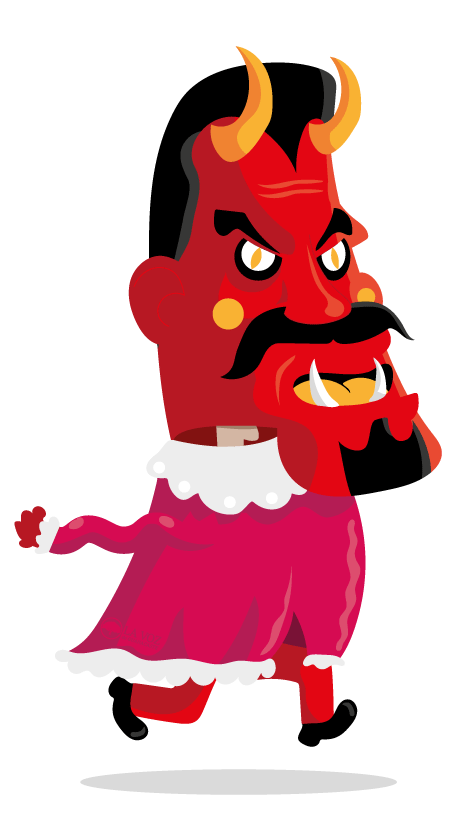
Illustration: Roberto Cruz


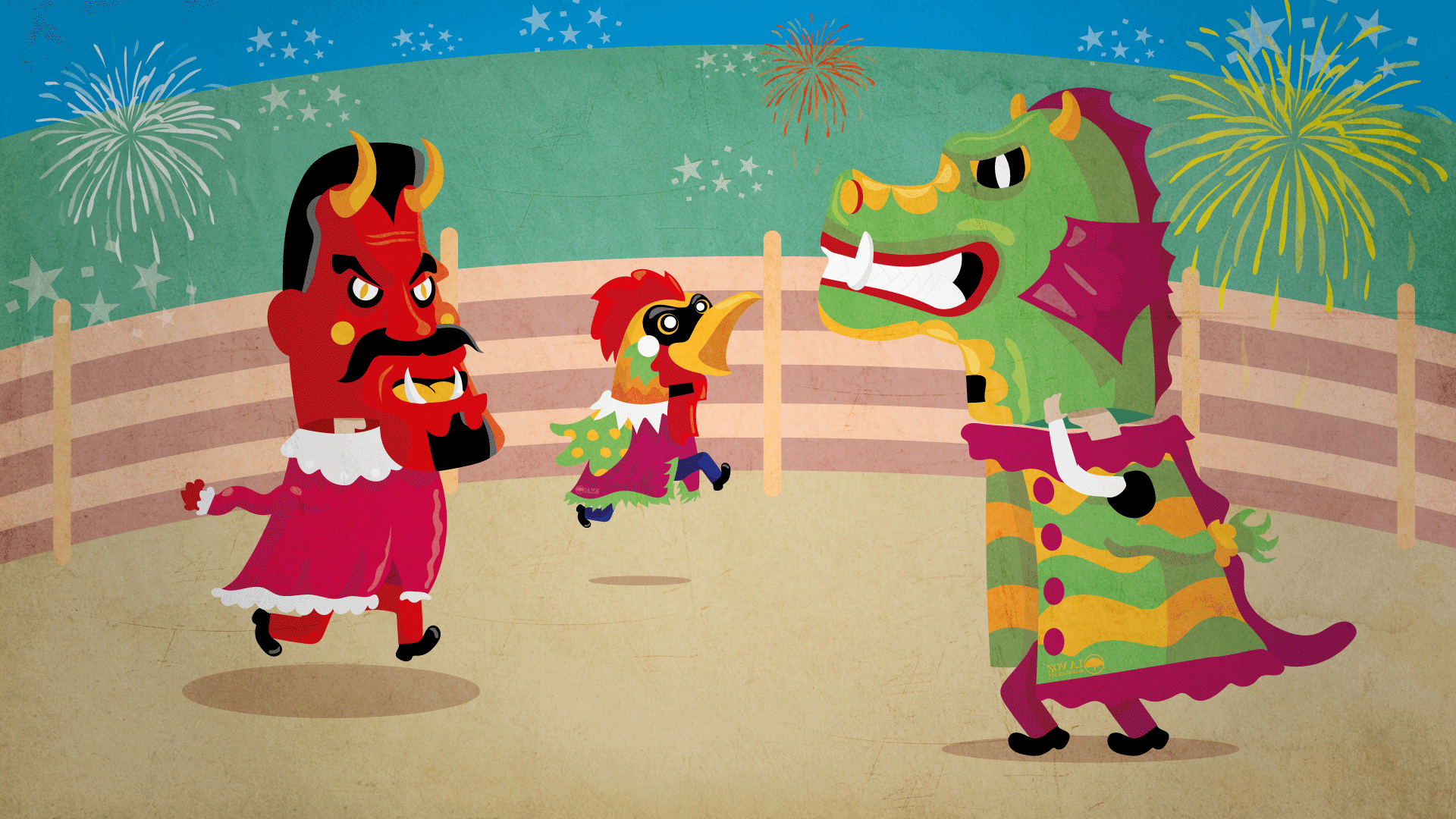
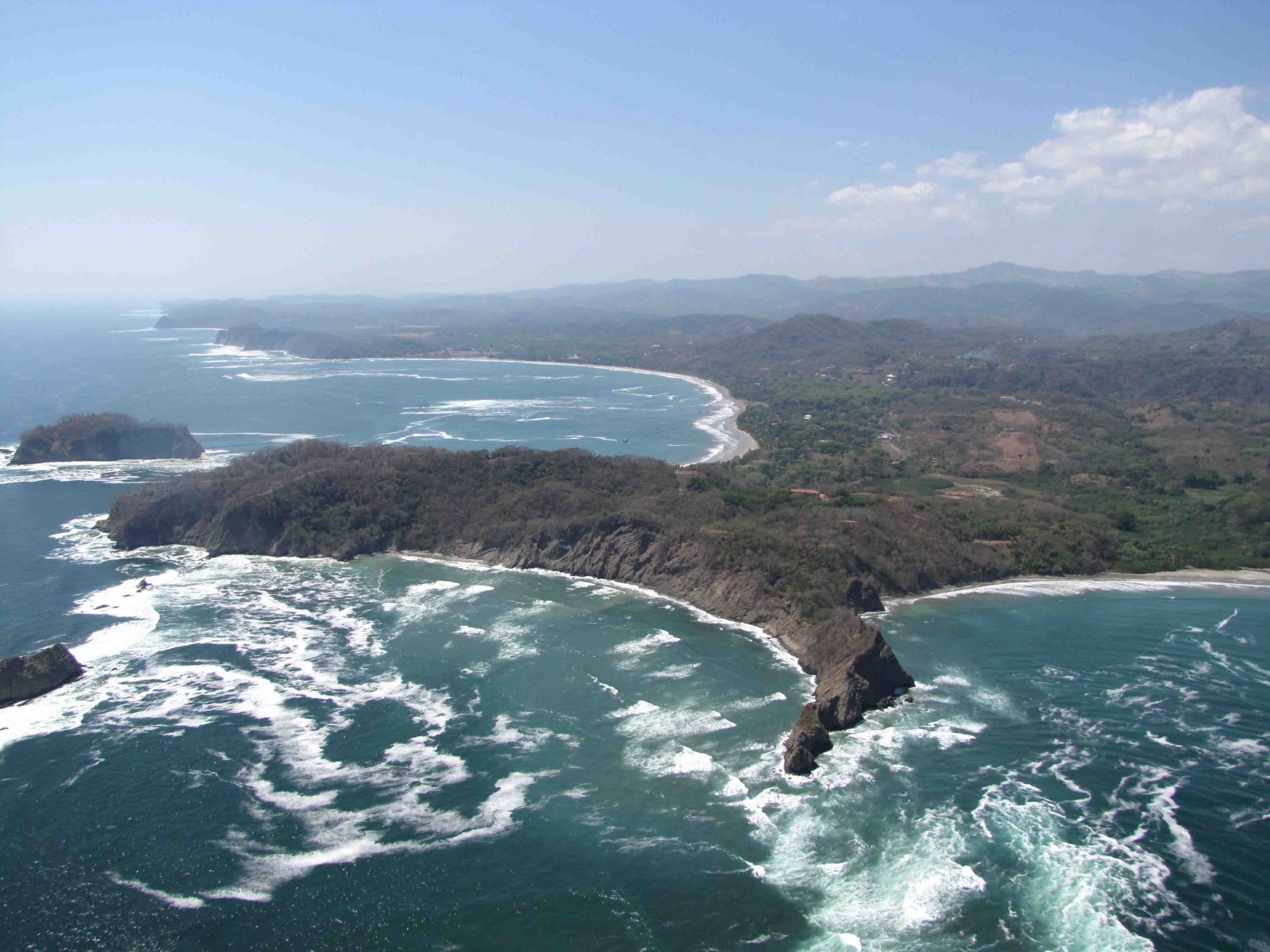
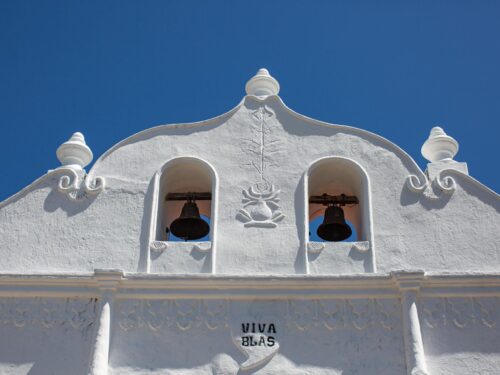
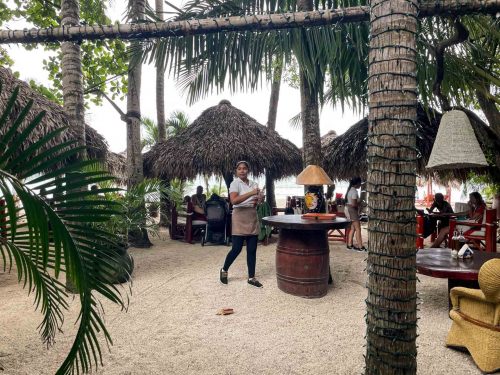

Comments